Rio de Janerio is our second favourite city in the world thus far. Barcelona still takes first place as well as Cape Town, but only just.
There is a definitive theme between both the cities. Like Barca, Rio is a typical tourist destination and has everything we enjoy in a city, most importantly a variety of beaches, food and nightlife! Three of our favourite things.
Brazilians are some of the most welcoming people we’ve met. Their energy is so contagious and they are so welcoming to tourists. Although there was a large language barrier (Portuguese is haaaaaard!), we were still able to have a good time with every Brazilian we met.
Where to stay in Rio De Janerio
Rio de Janerio is a massive city, and with a ton of neighbourhoods to choose from, how are you supposed to know where to stay? Here’s a brief rundown of the most popular neighbourhoods to stay in Rio, located downtown and in the South Zone.
- Copacabana – The most ‘cliche’ due to its beautiful scenery and beach, and therefore the most overcrowded. However, in saying that, we stayed in Copacabana in an apartment and we loved it. There are many shops, restaurants, bars and of course the beach at your doorstep.
- Ipanema/Leblon – Ipanema and Leblon are quite similar to each other, with the latter being a bit more ritzy. They’re both considered the more expensive areas of the city, therefore accommodation prices are slightly higher but they offer the best beaches in the south zone. Both neighbourhoods are considered to be safer than Copacabana and less crowded.
- Botafogo – A mix of everything, close to the beaches, the main tourist attractions and lower accommodation prices.
- Lapa – The area for nightlife, a huge range of bars, clubs, restaurants and parties until all hours of the morning. Very noisy in the evenings.
- Santa Teresa – Located up in the hills with a peaceful atmosphere like that of a small town. You’ll find colonial houses, museums and restaurants. A good choice if you’re looking to escape the ‘concrete jungle’ in Lapa. Note: It is a little harder to get taxis here.
View Hotels in Rio De Janerio.
Exploring Rio De Janerio
Copacabana vs Ipanema
Two of the most famous beaches in Rio, Copacabana and Ipanema, both have a lot to offer and everyone has an opinion of which they prefer. As for us, we couldn’t decide and we bounced between the two due to the location of our apartment, sandwiched between both.
Although we were technically staying in Copacabana, it was less than a 10-minute stroll to reach Ipanema. Which is safer? Well, we had 2 things stolen, one on either beach, so it’s hard to say, but generally speaking, you will find less crime at Ipanema beach. Copacabana had the typical ‘Rio vibe’ but we found Ipanema was cleaner with more ‘friendly’ inhabitants.
Along the board walk on both beaches, there are kiosks 50m apart that sell food and drinks. Hungry on the beach and can’t be bothered to move? You don’t need too! Numerous vendors will walk up and down the beach yelling “Queso, Queso” or “Cerveja, Cerveja”, (aka, Cheese, Beer). The cheese vendors hold portable BBQs to cook delicious gooey cheese in front of you. Make sure you ask for it with oregano, this is simply the best creation and it’s only $1. Score.
You can get almost anything on the beach, they sell everything from cheese to hammocks to sandwiches, acai, coconuts, ice-creams, towels, sunscreen, shrimp, you name it and someone will be selling it.
It makes for a very lazy beach day when you never have to move.
Sugar Loaf
Sugar Loaf is a very popular view point and a quintessential landmark that signifies Rio. The name Sugar Loaf comes from its resemblance to the traditional shape of a concentrated refined loaf sugar. Second to Corcovado mountain, Sugar Loaf is the most visited mountain in Rio and rightfully so, as it gives a solid panoramic view of Rio.
The mountain is located in the town of Urca (see photo below), a very beautiful town to spend the afternoon once you come down from the Mountain. People line the brick walls watching the sunset, eating seafood and enjoying a beverage or 2, 3, 4…
2 ways to the top to the top of Sugar Loaf
- Take the Cable Car from the bottom at Praia Vermelha until the first viewing point on the Morro da Urca (Urca Hill), from there you can take another cable car to reach the summit of Sugar Loaf Mountain. Ticket prices will include both cable cars and the return trip down. Tickets can be purchased in advance here or at the base of the cable car station. Full pass (both cable cars) is USD $18 and half entry (cable car to the summit from Urca Hill) is USD $8.
- Hike by entering next to Praia Vermelha and follow the path on your left side as you face the sea. There you will find a path by the name of Pista Claudia Coutinho that goes around the base of the Morro da Urca. The hike is relatively easy and takes no more than 30 minutes. Once you reach the top, to the first viewing point, you can then take the extra cable car to reach the summit.
A few things to note:
- If you choose to hike to the first mountain, tickets cannot be bought for the final cable car on this mountain. They have to be bought from the base as a ‘half entry’ ticket.
- The cable car is free to go down after 7 pm.
- Keep your eyes out for the cutest little monkeys ever
We had consumed our fair share of sugar over the last week so we ran to the mountain from Copacabana, hiked to the first part of the mountain (hence the sweaty humans below), visited the summit during sunset and then took the cable car back down to the base after 7 pm.
Christ the Redeemer
Christ the Redeemer is located on top of Corcovado Mountain and will give you unbeatable views of Rio. Since 2007, The Christ the Redeemer was listed as one of the 7 wonders of the world, and yes, it lived up to the hype. Although majorly touristic, if you choose the right time to go, you can make the most of it. We were extremely lucky with the weather as it was one of the clearest days yet which made the views pretty spectacular.

There are multiple ways to reach this monument. Van, tram, taxi, or bus. The monument opens at 8 am every day and we HIGHLY recommend going as it opens to try and get the best picture before the huge crowds pile in.
Van – Considering we were staying in Copacabana, we went with the organised van company, Paineiras Corcovado. If you’re staying downtown they also run services from there. It is round trip service and includes entry to the monument. You can pre-buy tickets from here. The price will change based on the season but will range from 53-65 Brazilian reals ($13-$16 USD). The shuttle from Copacabana will depart mid way up the beach in front of ‘POST 2’.
Tram – Another way is by the Trem do Corcovado which takes you through the Mountains. The train leaves every 30 minutes from the station on Rua Cosme Velho. Depending on the season, the tickets will cost between 56-68 Brazilian reals ($14-$17 USD).
Taxi – If you take a taxi be sure to negotiate a price prior and ask them to wait for you to take you back down again. There won’t always be taxis waiting and you may have to pay a little more to get one.
Note: Pre-buy tickets for both forms of transport to save time in the lines. Prices vary depending on the time of year.
Watching the sunset on “the rock”
Sunsets never get old and we’ve seen our fair share over the last year of travel, but we’ve never seen crowds form like they do in Brazil. When someone does it, everyone does it! The sun sets over Ipanema beach and from late afternoon people will congregate on ‘the rock’ for sunset. Alcohol is drunk, coconuts are sipped on, queso is consumed, music is played and photos are in full force. Once the sun has set, the whole crowd will clap. The atmosphere is so cool and the sunset isn’t so bad either. It’s the perfect way to end any day!
Visiting the Rocinha Favela
A favela is a term for the neighbourhoods that began to spring up around major Brazilian cities as poor farmers and rural families moved to the cities looking for work. They will usually begin as illegal communities, with the homes built from scraps. If the police or other government agencies do not force them out of their homes, they will soon develop into full communities as their lives and lifestyles start to improve.
Eventually, once the government begins to accept them, they will begin installing electricity, water and proper sanitation. Many favelas are very over crowded with multiple family members living in one room.
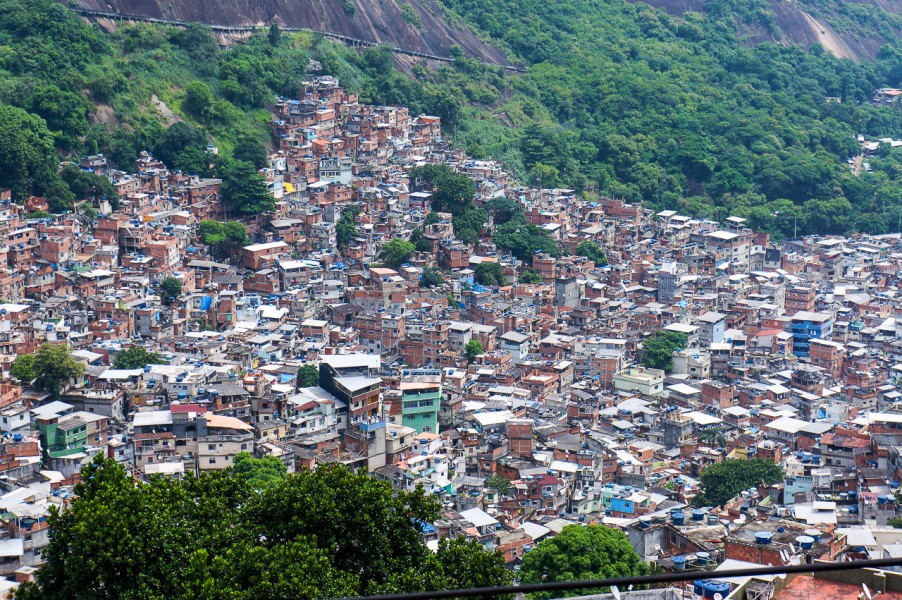
There are many stories about favelas in Rio, and when you hear of a favela, you generally hear about the drug traffickers, the murders, and the general high level of crime and whilst some of this information is true, you also don’t hear the other side of this life. The majority of people that live in the favelas are honest, hard-working people that only want what other people all over the world want; to lead a normal life and of course, to raise a family. Inside a Favela, they all look out for one another and often prefer being called a “community” over a favela.
Over time, it seems that not only poor people like living here and in fact, foreigners come to live here on their own accord. Rocinha, in particular, is the most populated favela in Rio and in many ways, it was like visiting any other neighbourhood. There were supermarkets, a post office, bakeries, bars, gyms and schools. Unfortunately, the majority of people that do live here are still poor and live in poorly constructed houses, sometimes with no electricity or water. The power & telephone lines prove this exactly and are often hijacked. How they don’t catch fire more often is beyond us!
If you’re interested in visiting a favela, it is highly recommended to go with a local tour company and not alone. Walking through the narrow streets with no street names, it is very easy to get lost. The last thing you need is to walk into a drug dealer’s alley or home. We took our tour with Favela Walking Tour with a Carioca, a born and raised Rio local as our guide. He had been living in the Favela for over 50 years now so it was very interesting to hear all of his stories. He also took us inside his home so we could see first hand what it was like.
If you are looking for a more “authentic” experience, you can book overnight volunteer stays in the favela. There are a lot of volunteer opportunities inside, especially to help in schools and to teach English.
Walking Tour Downtown and Lapa
Rio Free Walking Tours offer a few different free walking tours, a food tour in Santa Teresa (extra cost), pub crawl tours through Lapa and Ipanema (extra cost). The highlight of the walking tour downtown was visiting the well known Escadaria Selarón, also known as the Selaron Steps. It was almost impossible to grab a photo on these considering the number of people, but you should definitely try. No need to sign up for the free walking tour, just check out their website for the meeting spot at 10:30 am.
Make use of the outdoor Gym at Ipanema Beach
Feeling sluggish from all the Caipirinhas?! Right by the Copacabana Forte, you’ll find an outdoor gym with a range of weights made from bricks and tin cans filled with sand. For a free outdoor gym, you can find almost anything you would have in a real gym. Great for the budget, waist line and with a good back drop to keep you motivated!
Or just eat some of these delicious foods…
We wished we had eaten out some more during Rio but we finally had a working well-stocked kitchen so we definitely made use of it, however, there were some foods you shouldn’t leave Brazil without trying.
Note; Sugar is added to EVERYTHING in Brazil, especially in juices, coffees & alcoholic drinks. Be sure to ask for ‘sem açúcar’ (without sugar) in most things.
- Barbecued meat – So.much.meat. Brazilians know how to BBQ and a very popular way of eating in Brazil is at churrascarías (barbecue-style steakhouses). A variety of meats are cut right onto your plate and often served with rice, eggs, breadcrumbs & french fries. Always go hungry!
- Açaí is best known due to its super-food status. It is served as a sweet, frozen sorbet, often topped with granola and a variety of fruits or whizzed up in juices. It is found in every cafe, street vendor, bakery and in supermarkets. They even sell Açaí vodka and Açaí beer.
- Pastal and coxinha– My all time favourite. Pastals are pastries filled with a variety of things, such as ground meat, chicken, cheese, potatoes, chillies and then deep fried. Similar to that of an empanada. Coxinhas take #1 and I refer to them as ‘chicken balls’ or ‘chicken triangles’. These are stuffed with chicken, cream cheese and potato. I think I’ve eaten more of these than anything else in Brazil.
- Brigadeiros – These sweet balls are made by simmering condensed milk with cocoa powder, whisking in butter, shaping the mix into balls and rolling them in chocolate sprinkles. Delicious but quite rich. We tried these at the very famous cafe in downtown, Confeitaria Colombo.
- Pão de queijo– Cheese and bread, two very important staple foods. In Brazil, they are brought together in a glorious ball. They are crispy on the outside & soft and chewy on the inside. Also gluten-free as they are made with tapioca flour, eggs and grated cheese. Once the mixture is made, they are rolled into small balls and cooked in the oven. These are also as available everywhere like Acai.
The million dollar question; is Rio really that unsafe?
Firstly, we think that the media portrays the biggest role in shaping Brazil as “highly unsafe”, just like it did with Zika Virus. We were there for two weeks and had barely one mosquito bite. Anyhow, Zika Virus aside, although we had a bag and flip flops stolen + an attempted pickpocket incident, feeling ‘unsafe’ the whole time in Rio really wasn’t the case, not for us anyway!
There was always going to be a higher level of petty crime during the busiest party of the year but if you kept your head alert, it was easy to avoid any serious crime. Pickpockets were in full force during Carnival but to avoid being targeted, we never wore jewellery out, rarely brought our phones and kept money out of site. If you keep your camera inside your backpack and take it out only when you want to use it, that attitude is considered respectful, and you will be safe.
Our personal opinions; sure, it’s a pain that you have to be that little bit more cautious with your belongings on the beach, and you can’t wear your engagement ring to the club, but these reasons shouldn’t be enough to skip out on this country. The people, the culture, the food & the scenery all make up for this, so don’t be afraid to travel to Brazil, it’s no more dangerous than any other Latin American country and it is way too beautiful to miss!
Coming up, all about our time during Carnival! The dates we based our South American trip around 🙂
Married days survived: 338



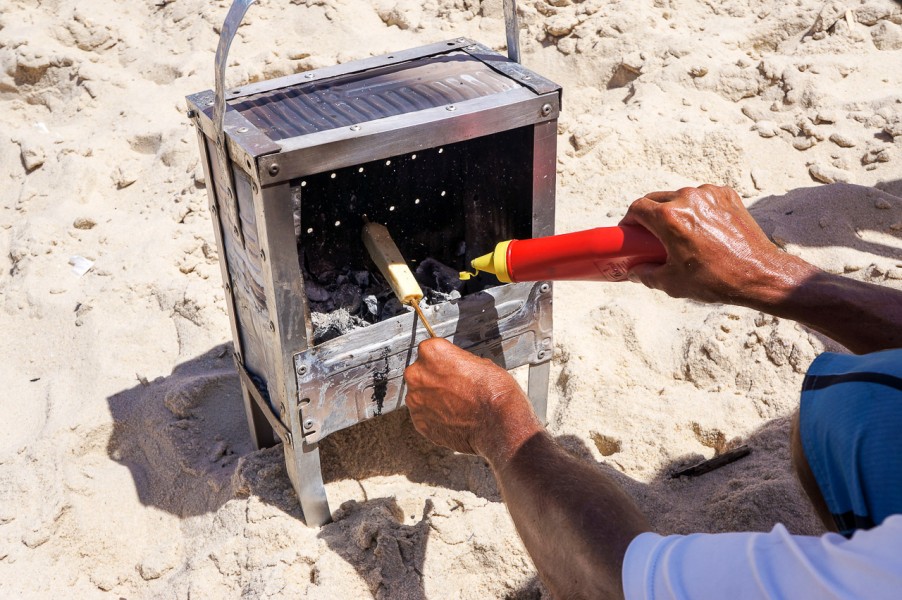








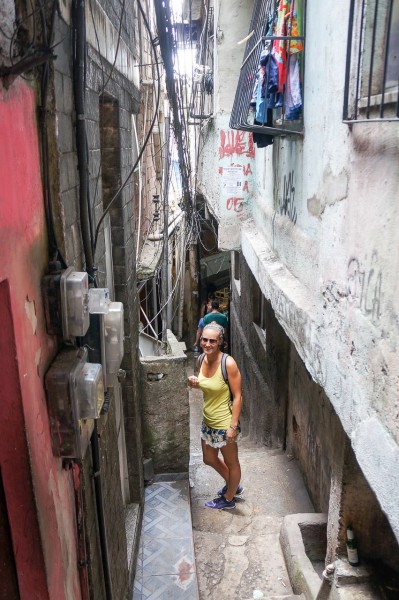
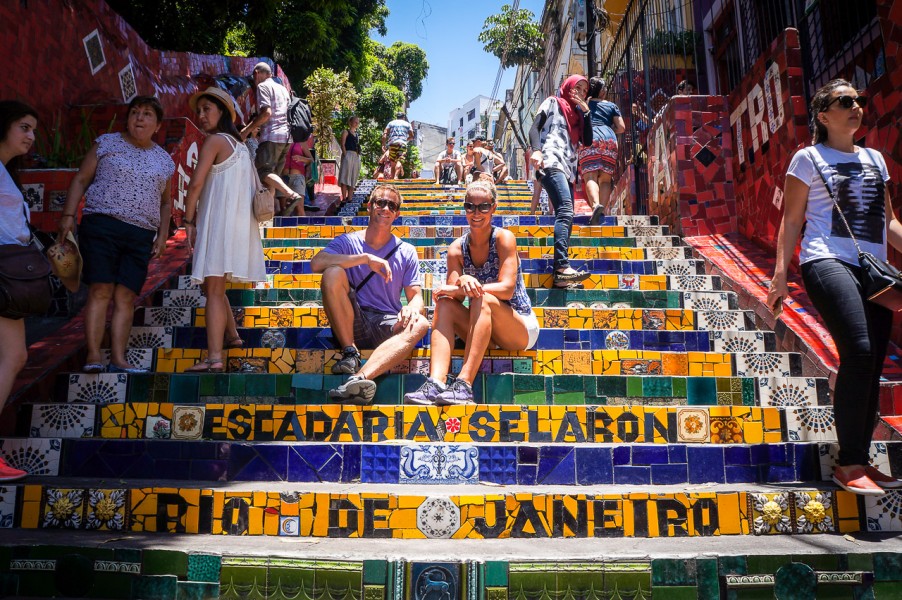
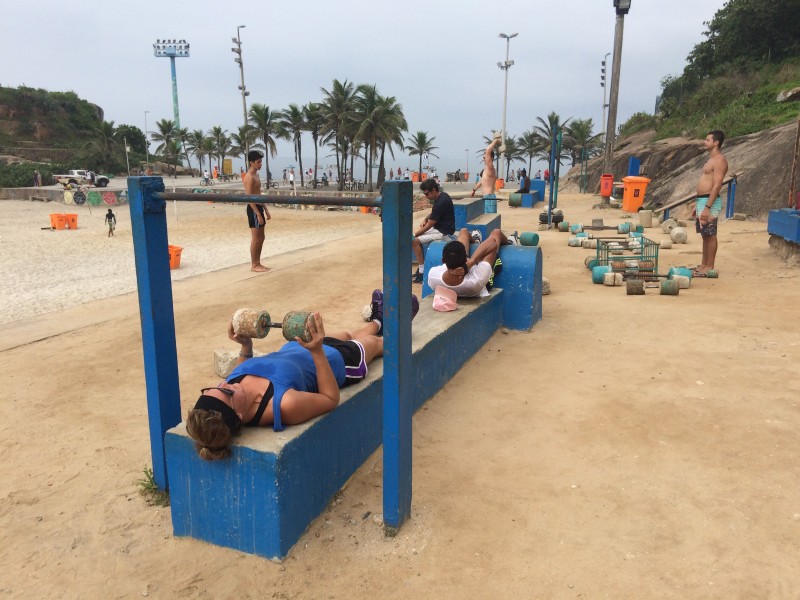
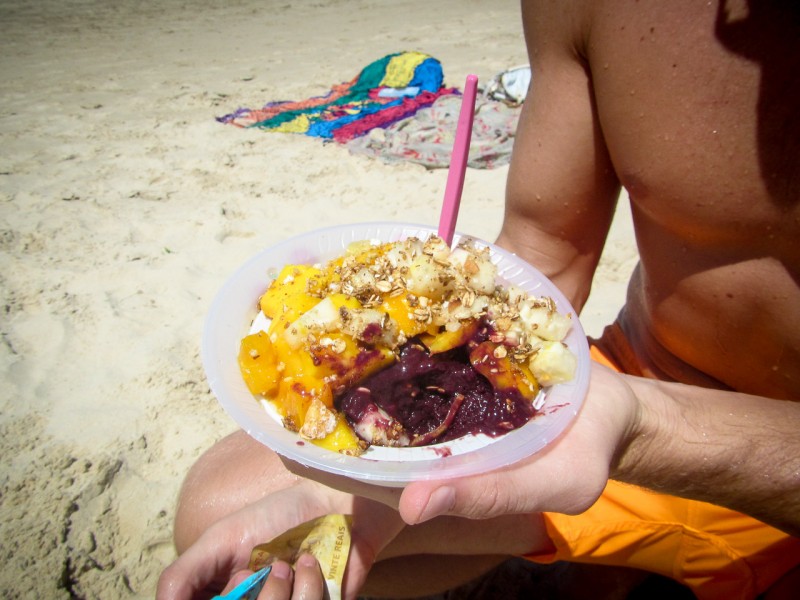
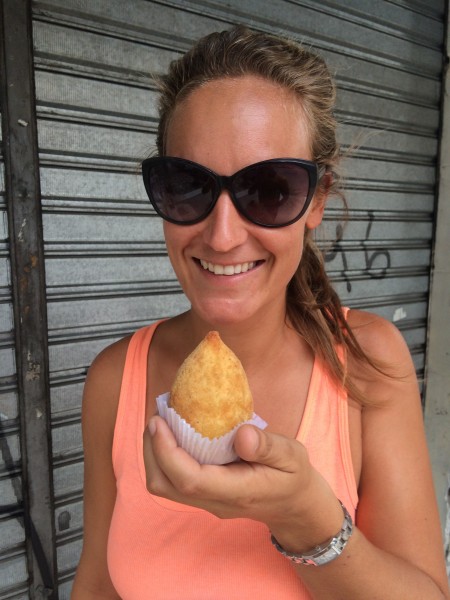



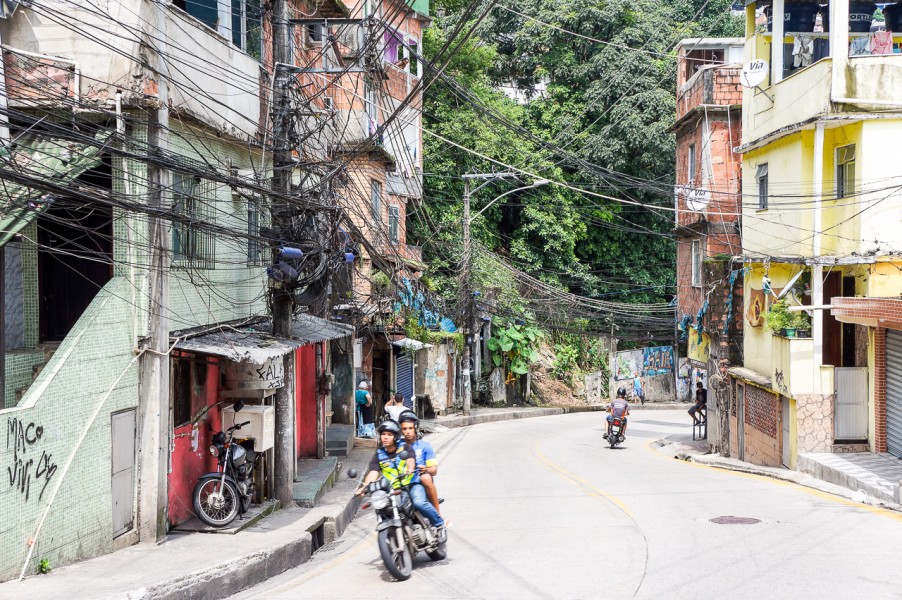




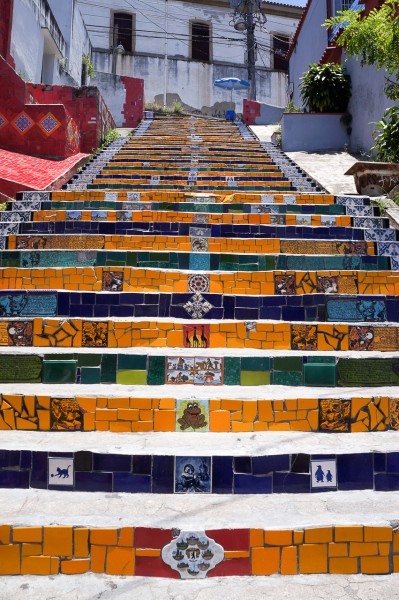
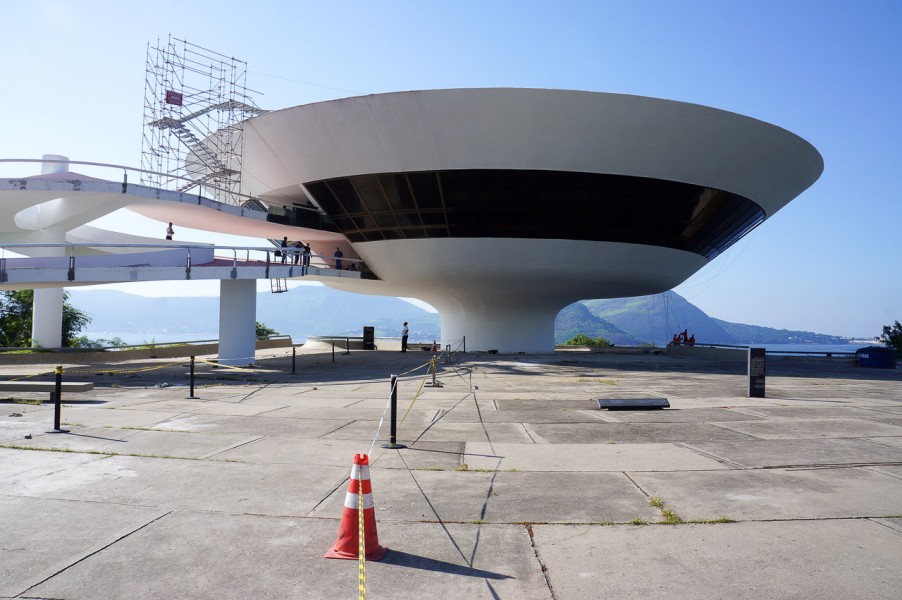


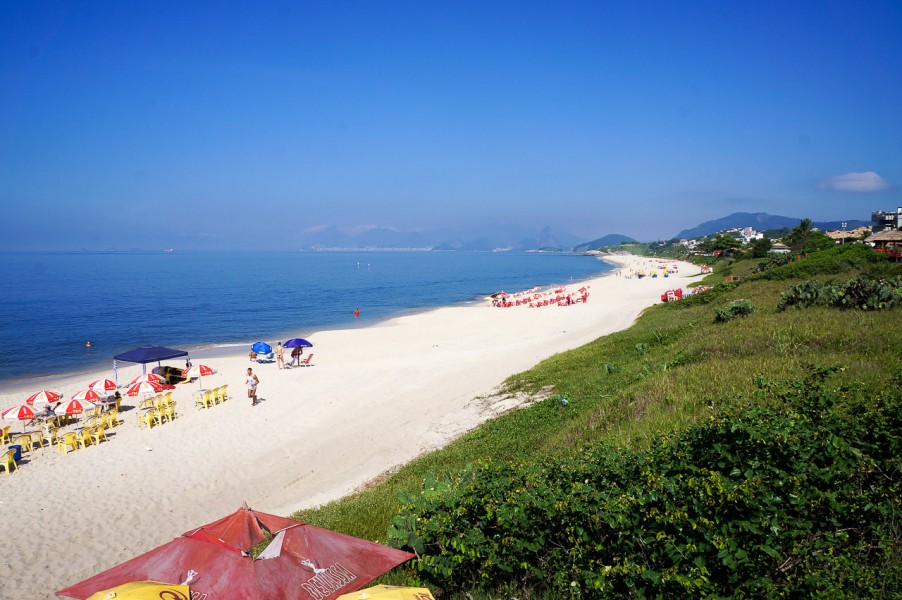
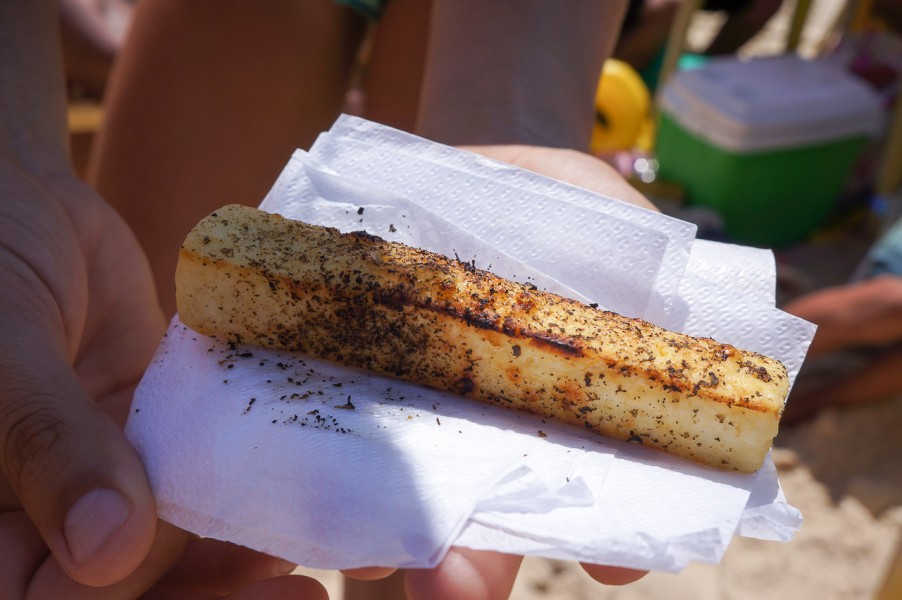
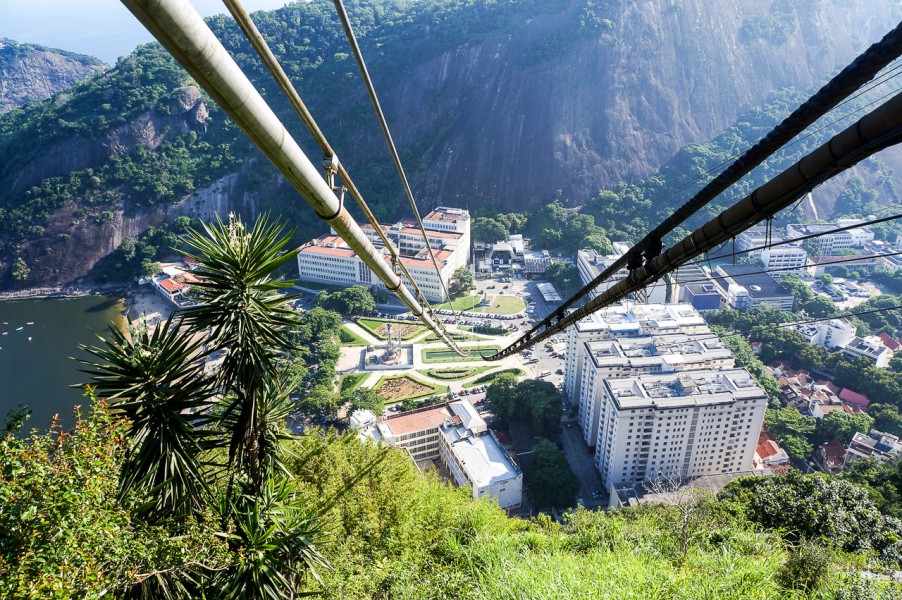


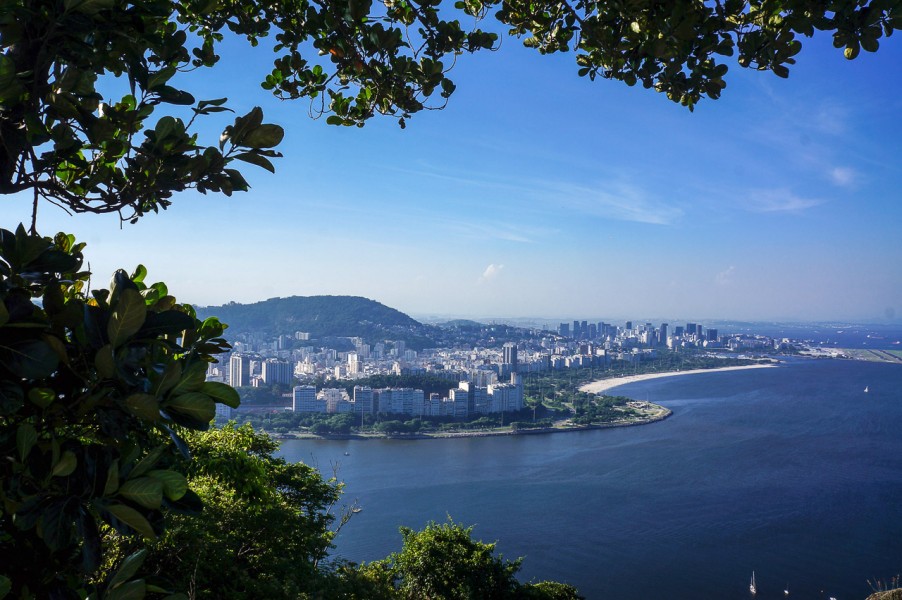




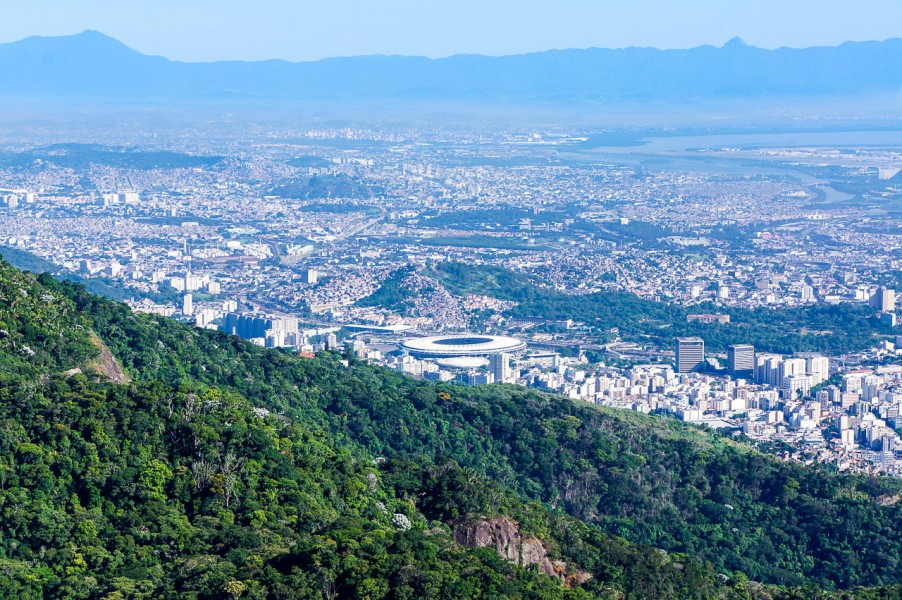


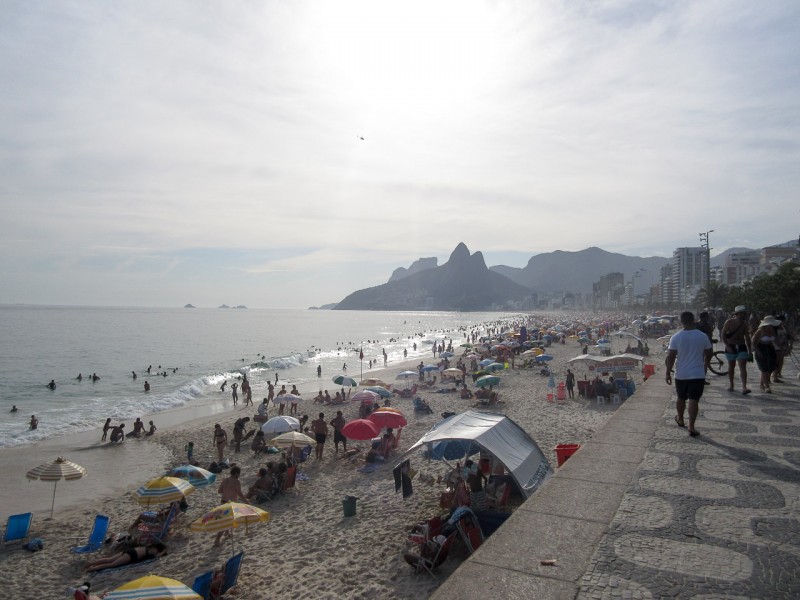
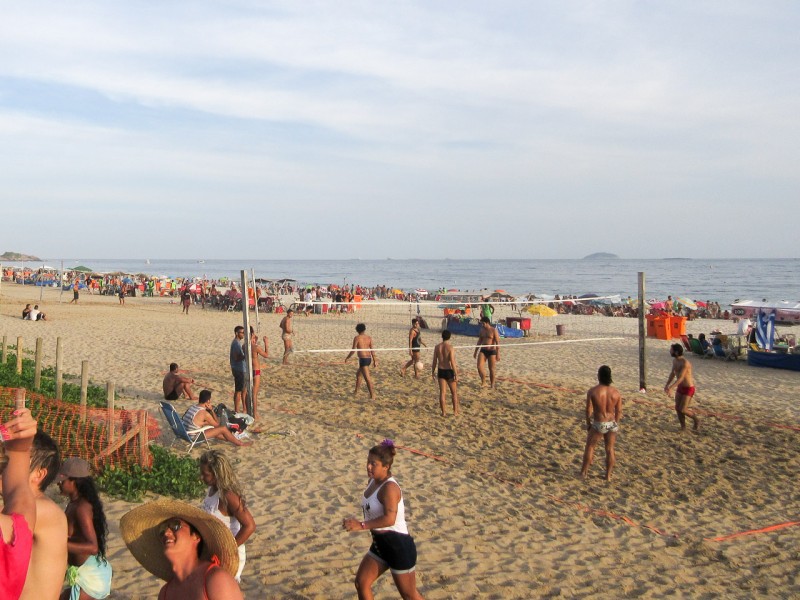

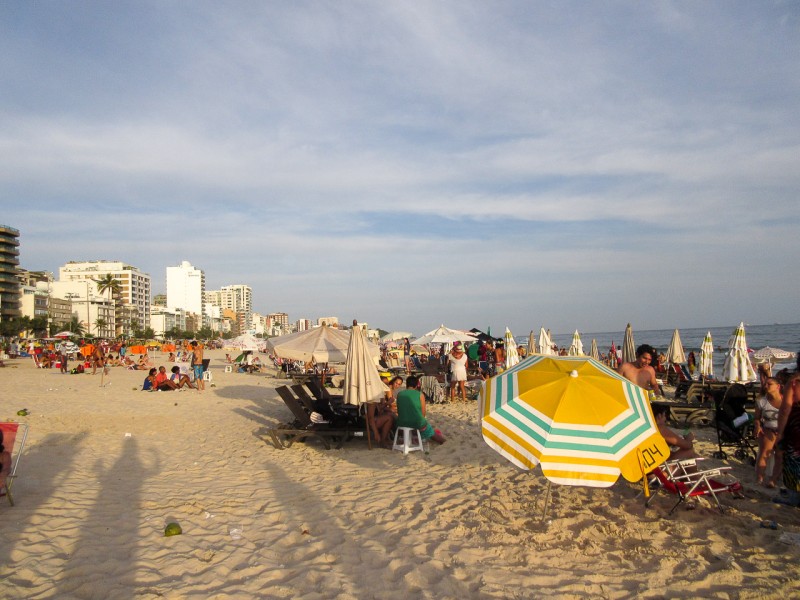
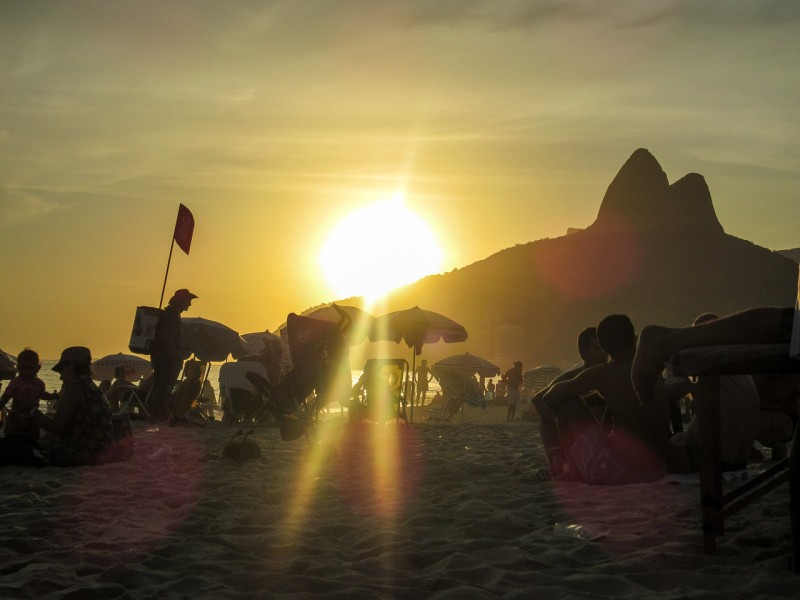


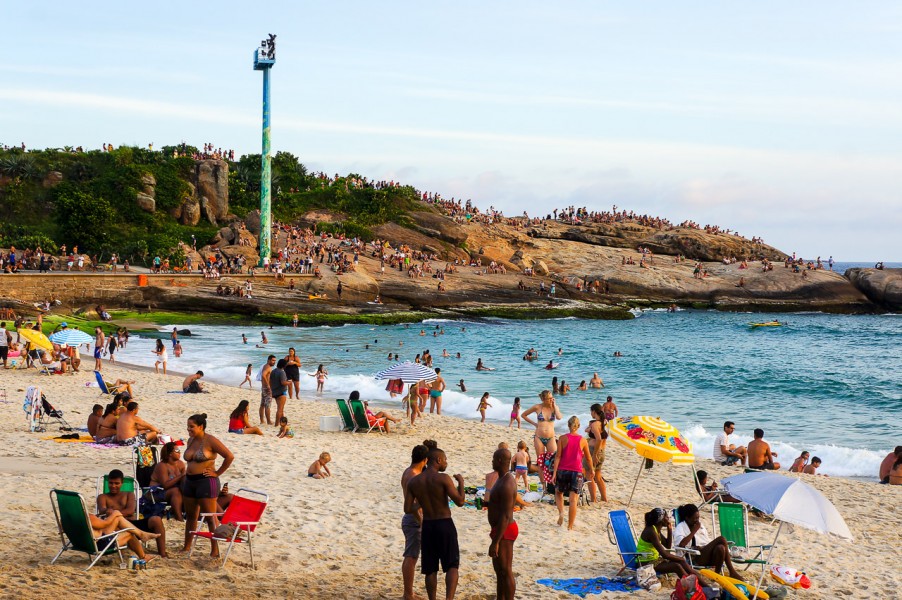


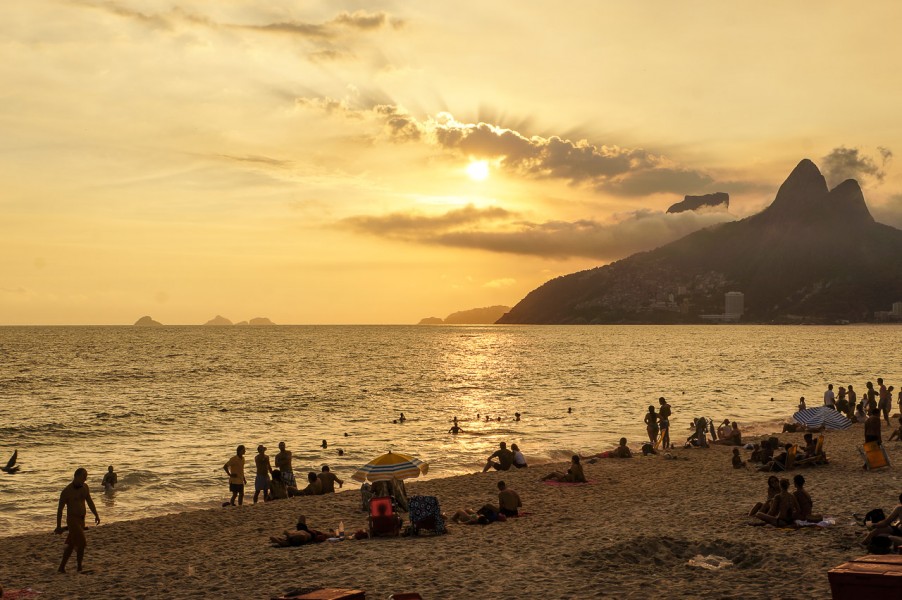


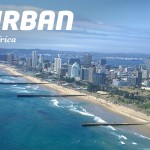

Very lovely place indeed. Would like to visit w/ my family one day as we’d be able to afford it. Thanks for the views.
It is such a great bustling city! We were lucky to spend time in Rio during Carnival so the city was very alive!
Hello there, You’ve performed a fantastic job. I will definitely digg it and individually suggest to my friends. I am confident they will be benefited from this site.